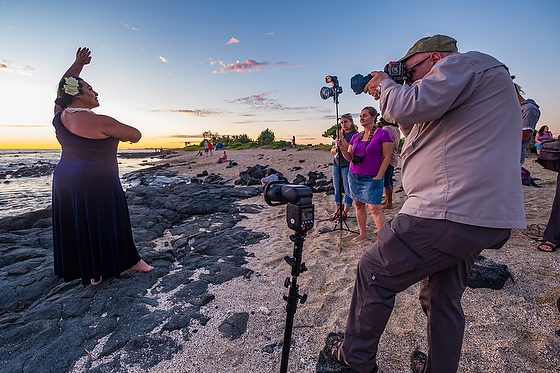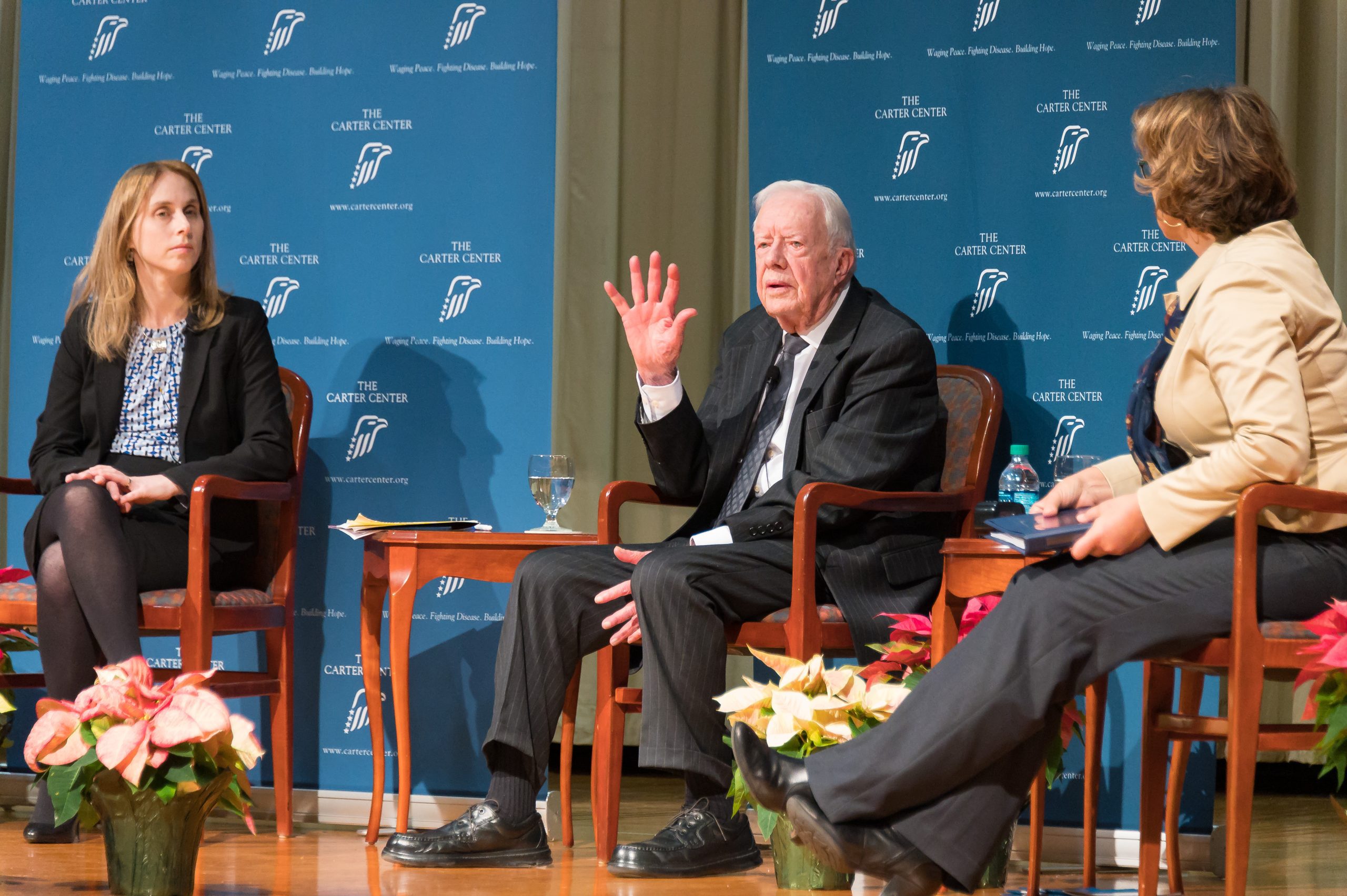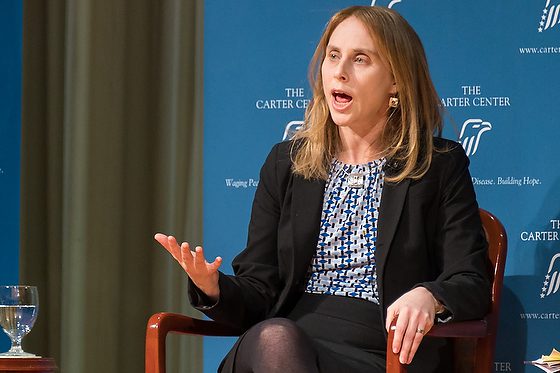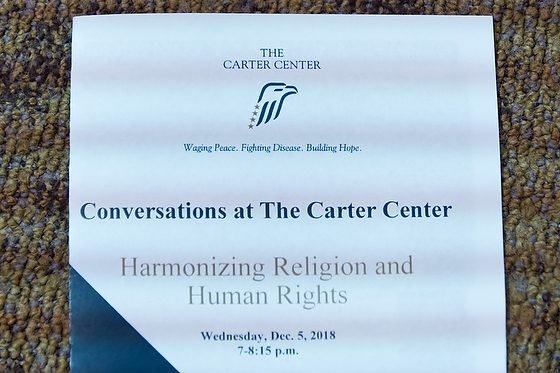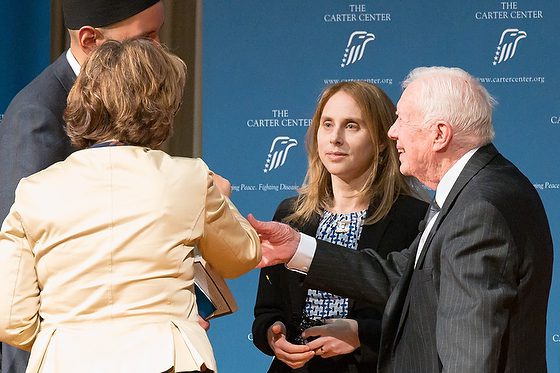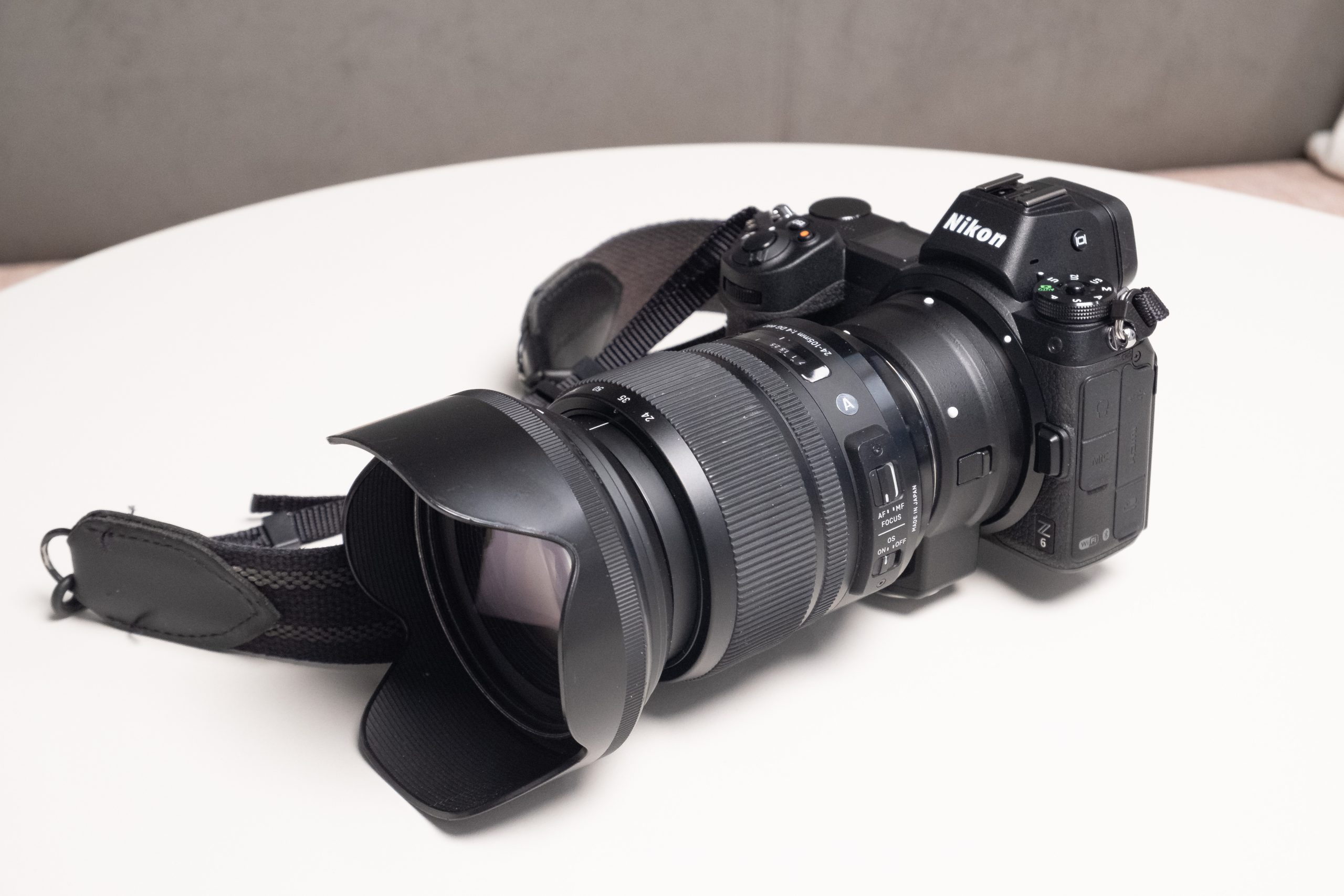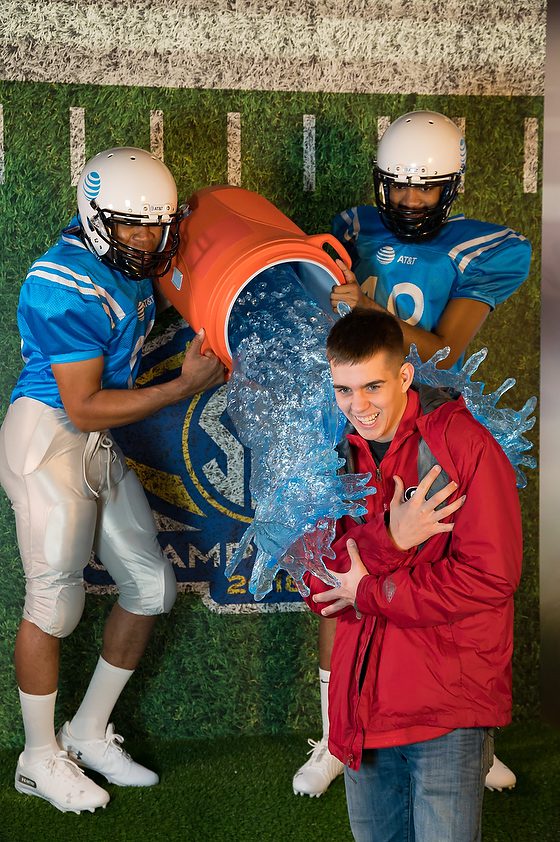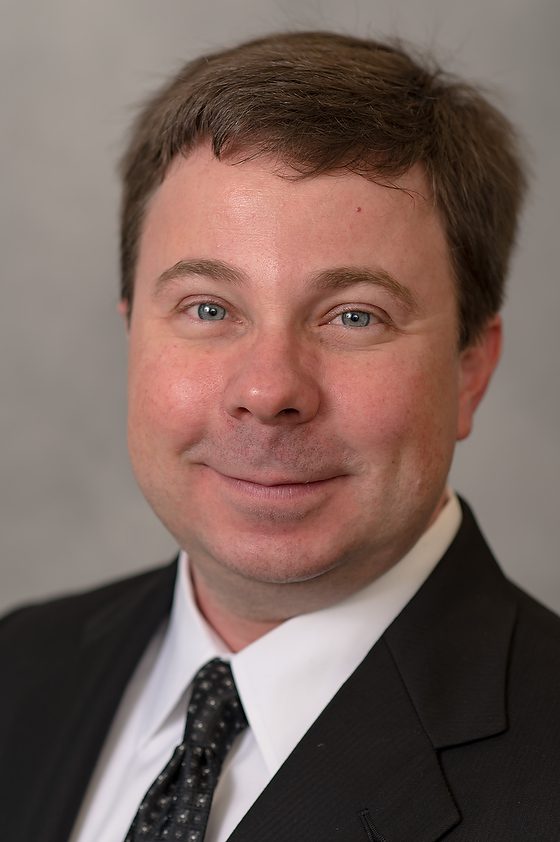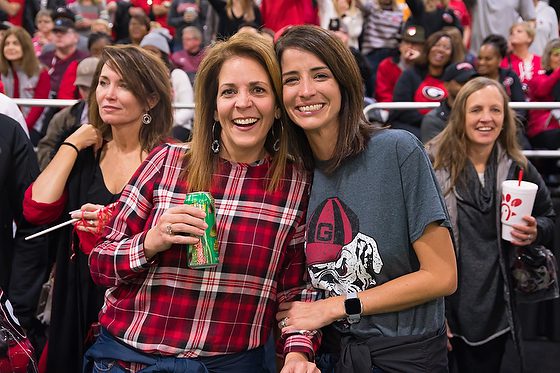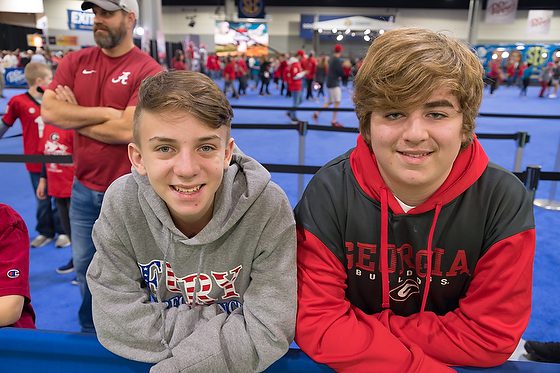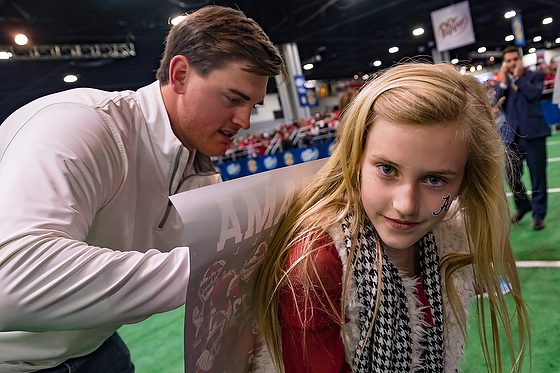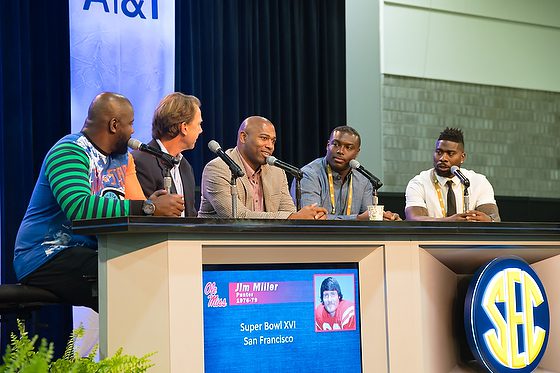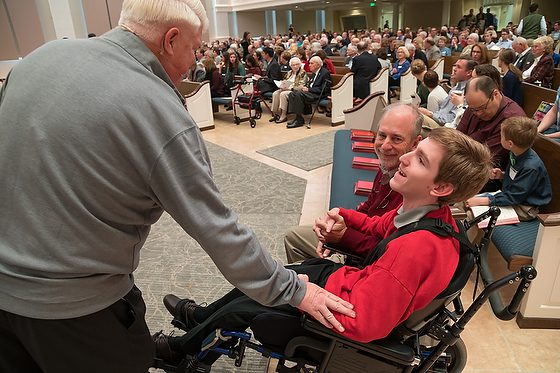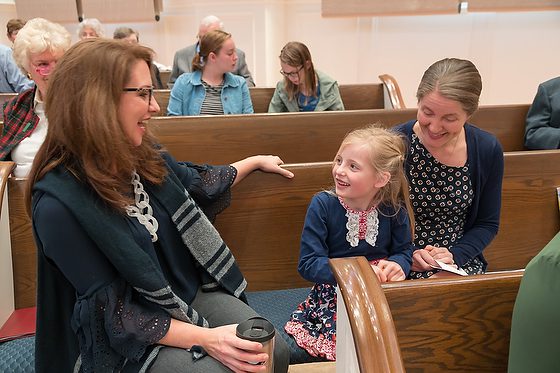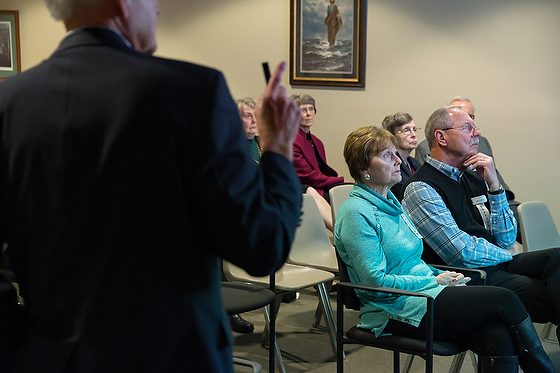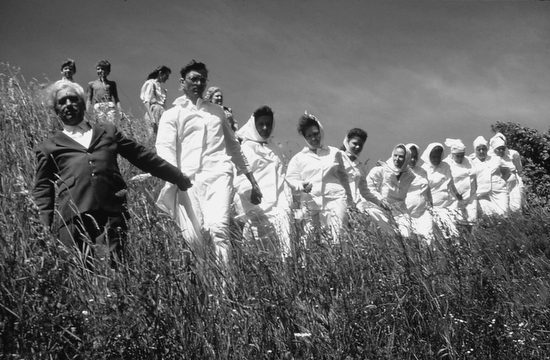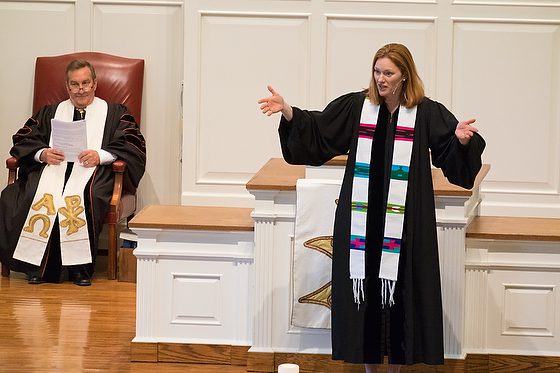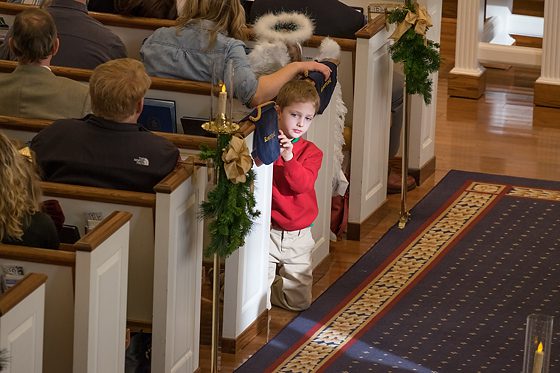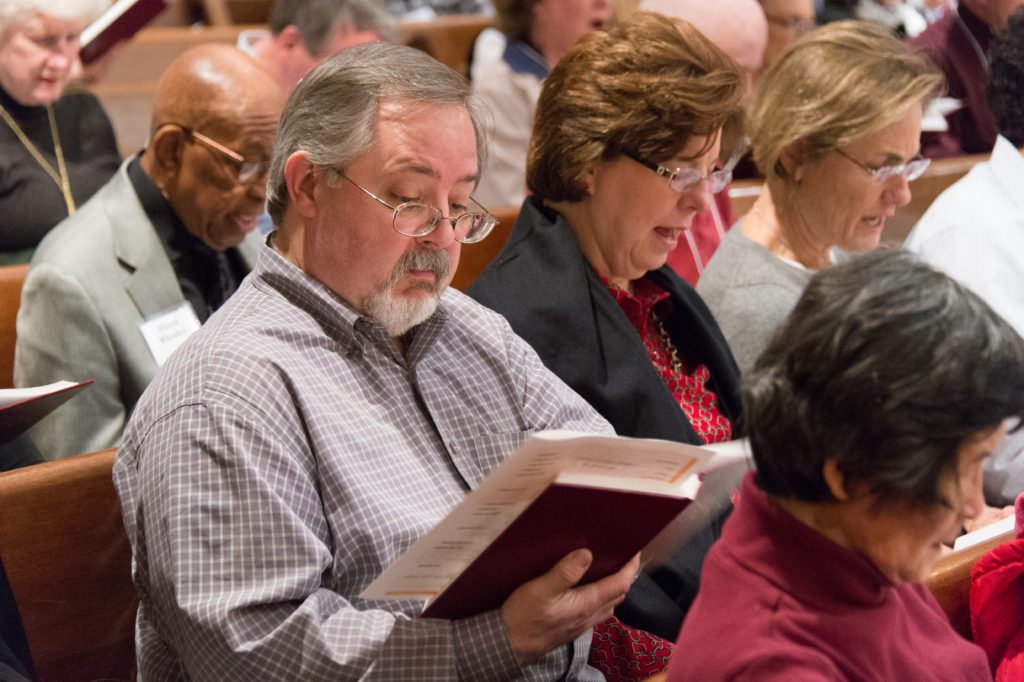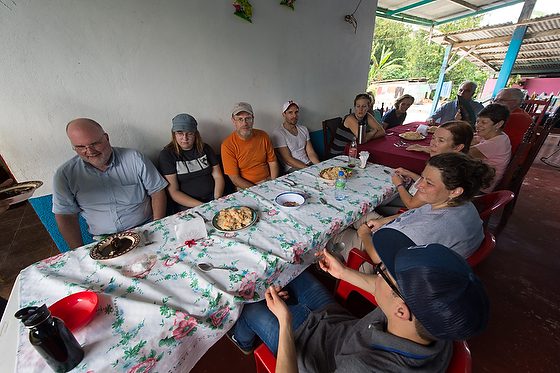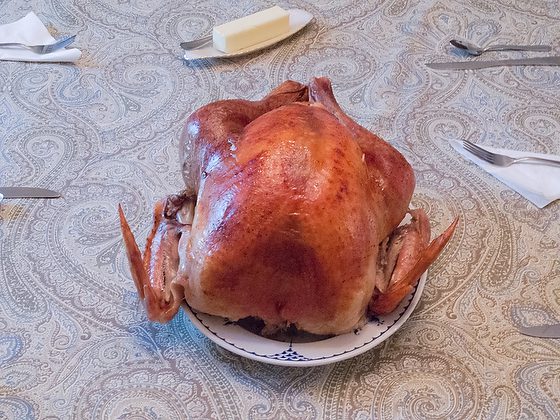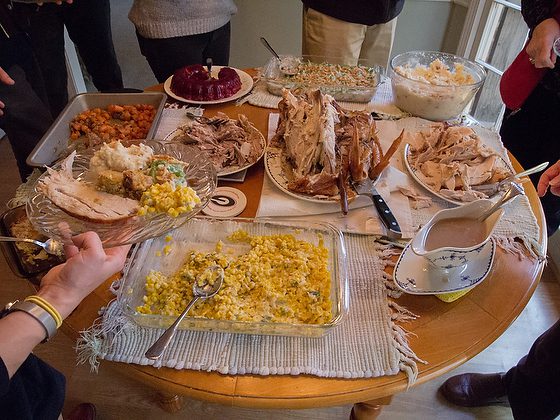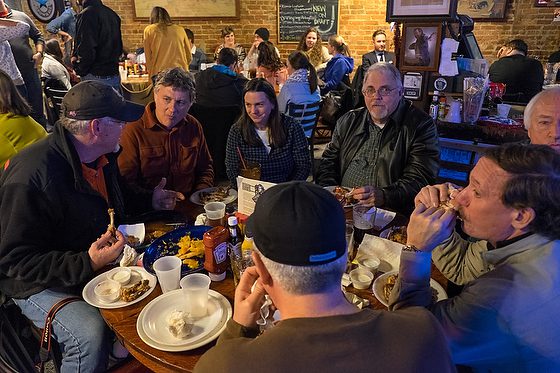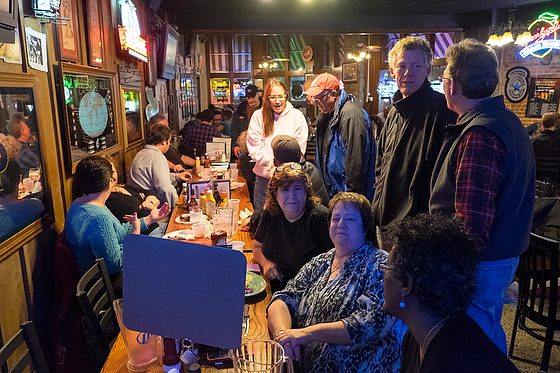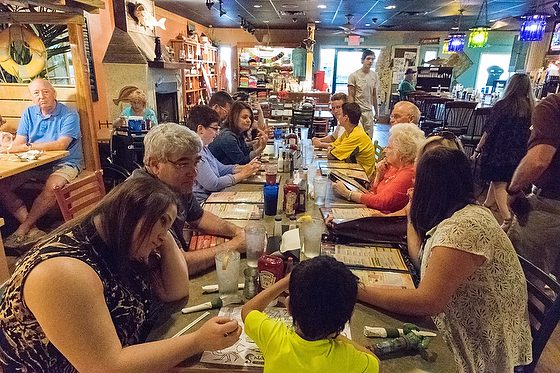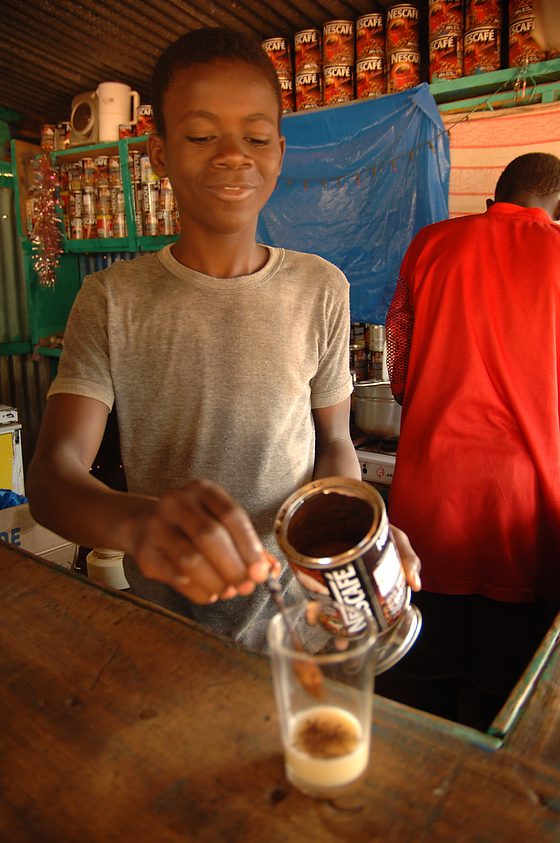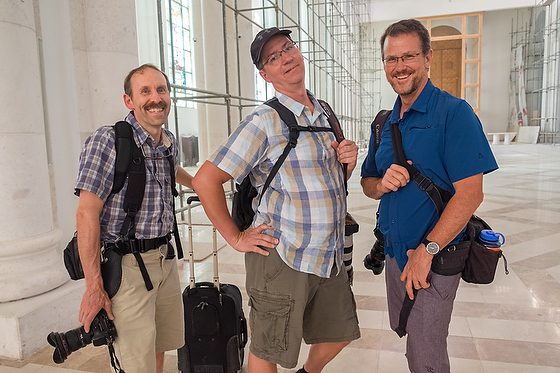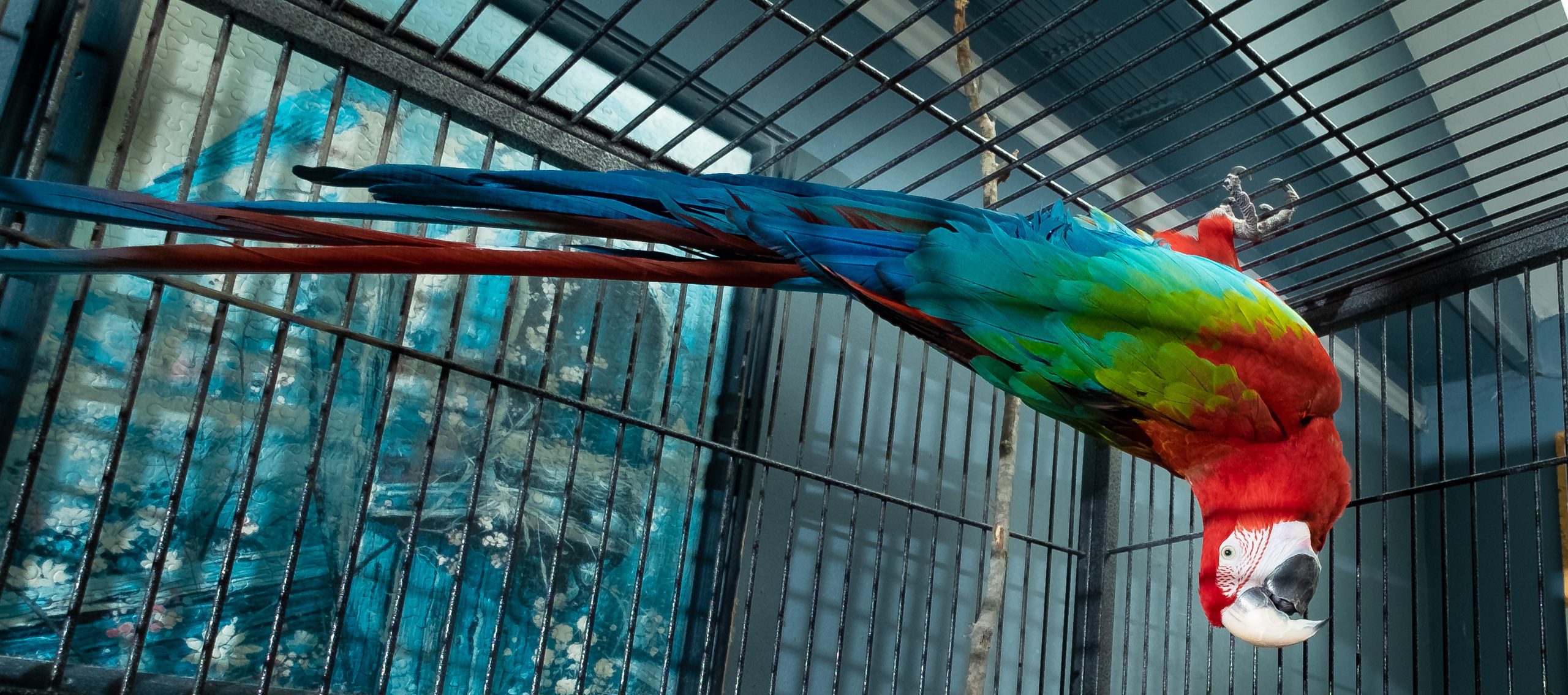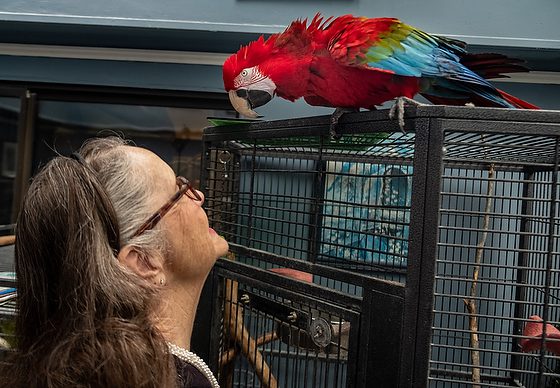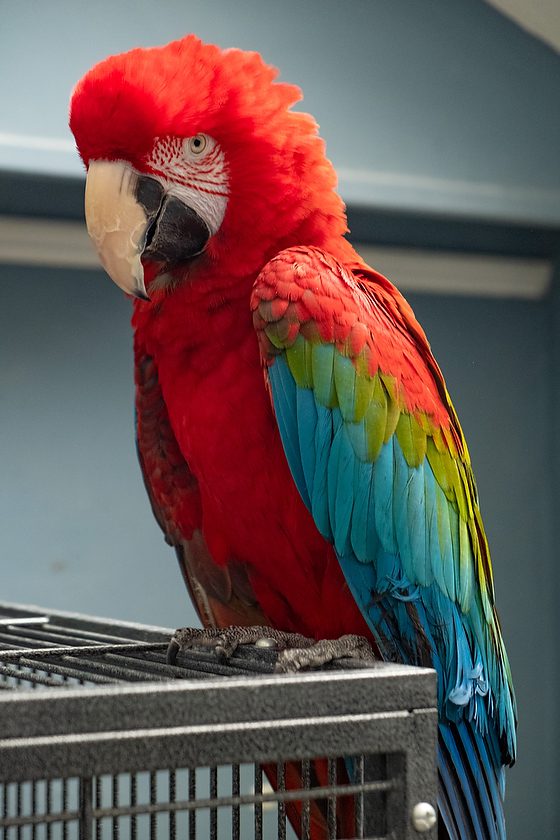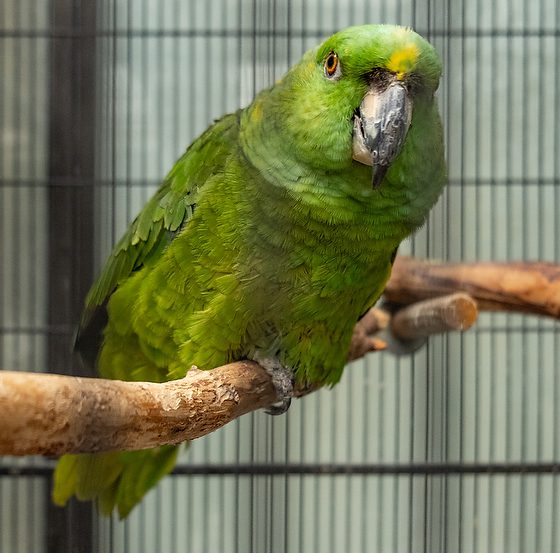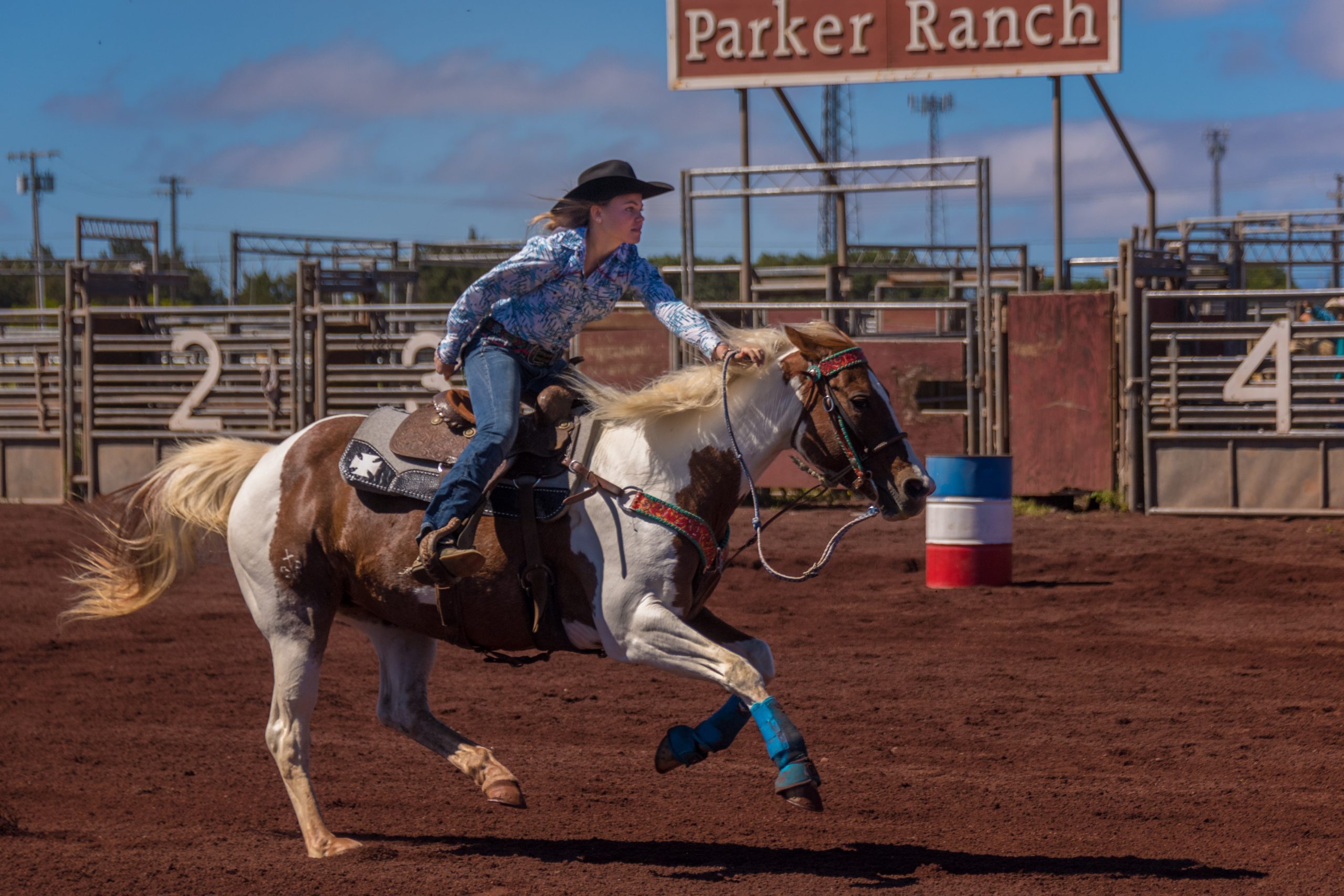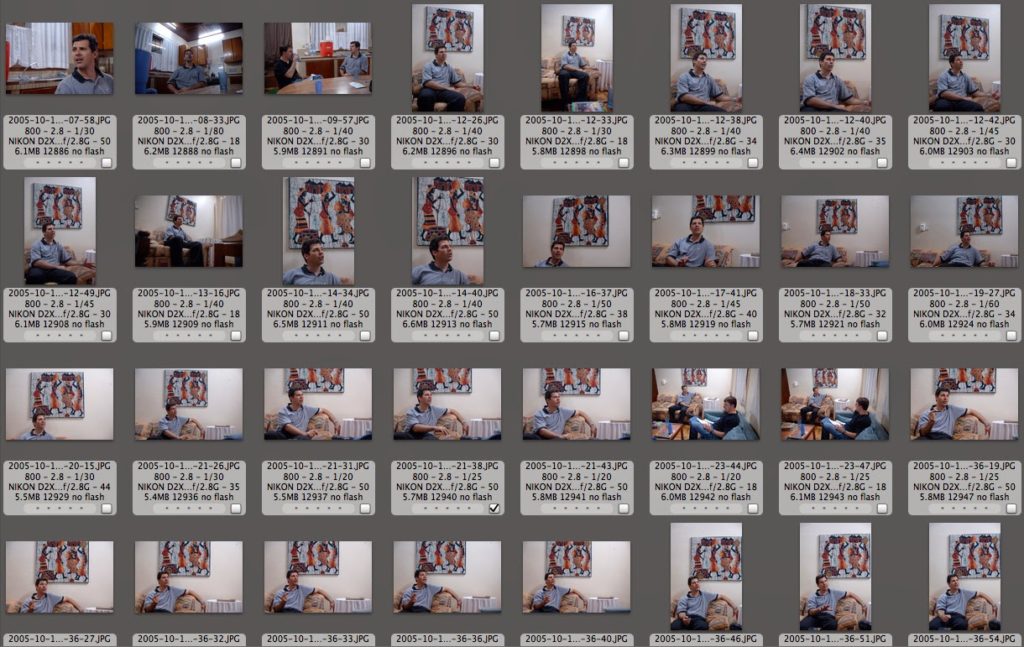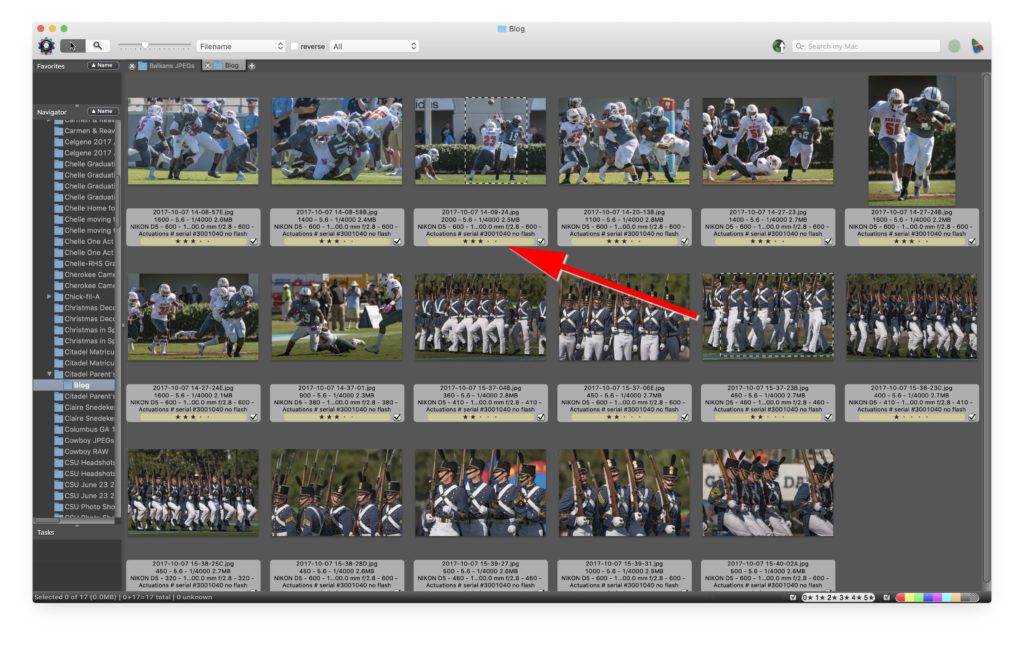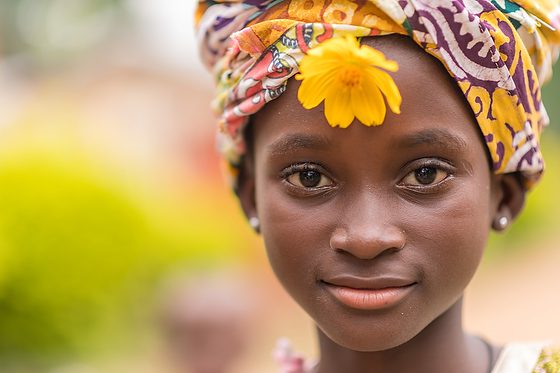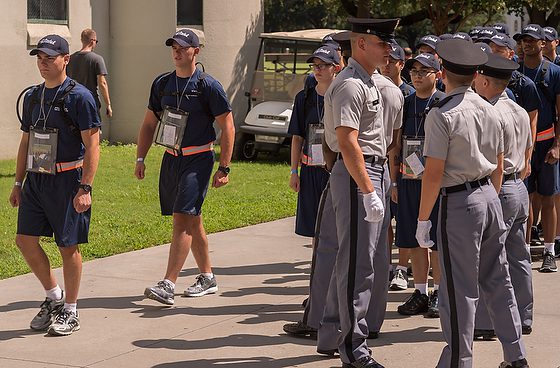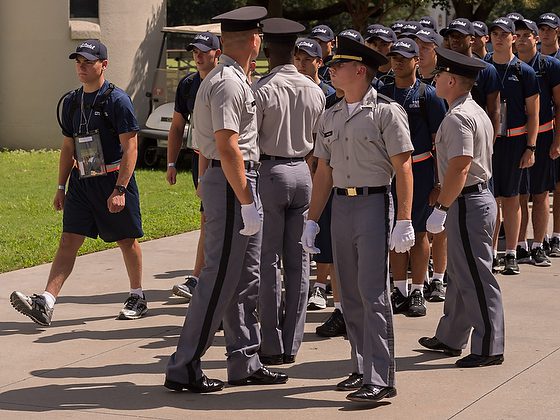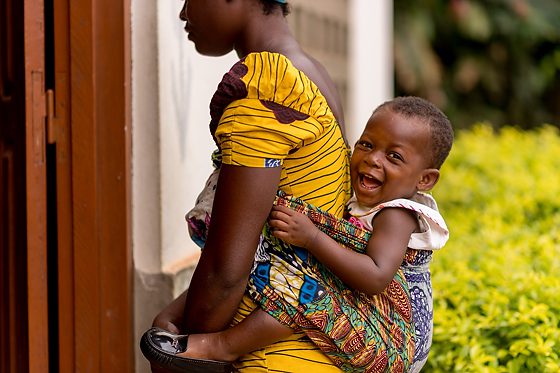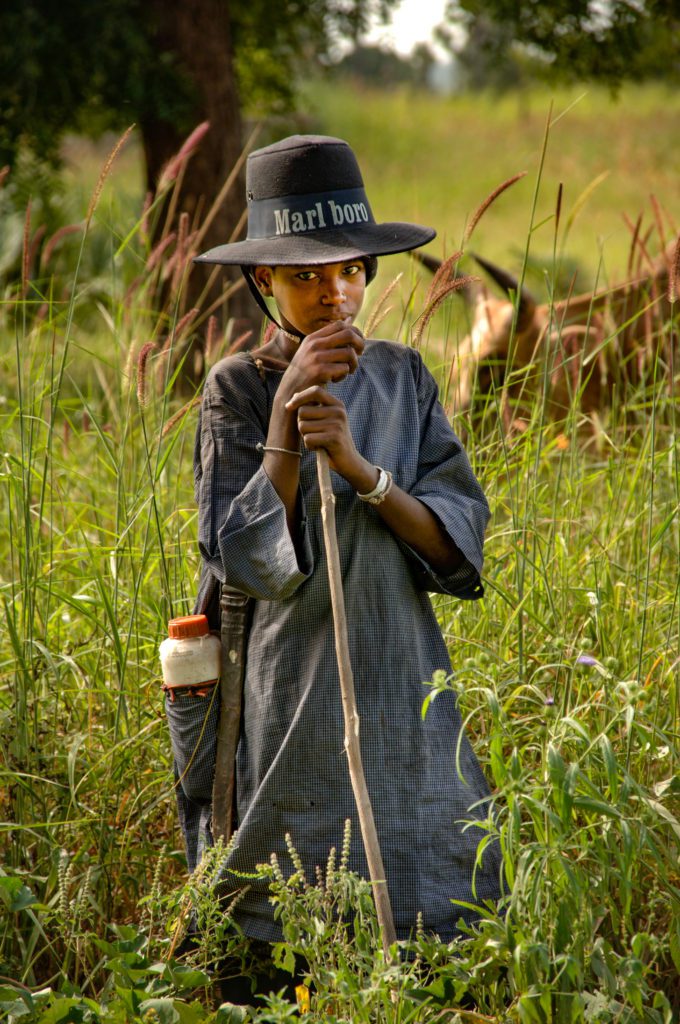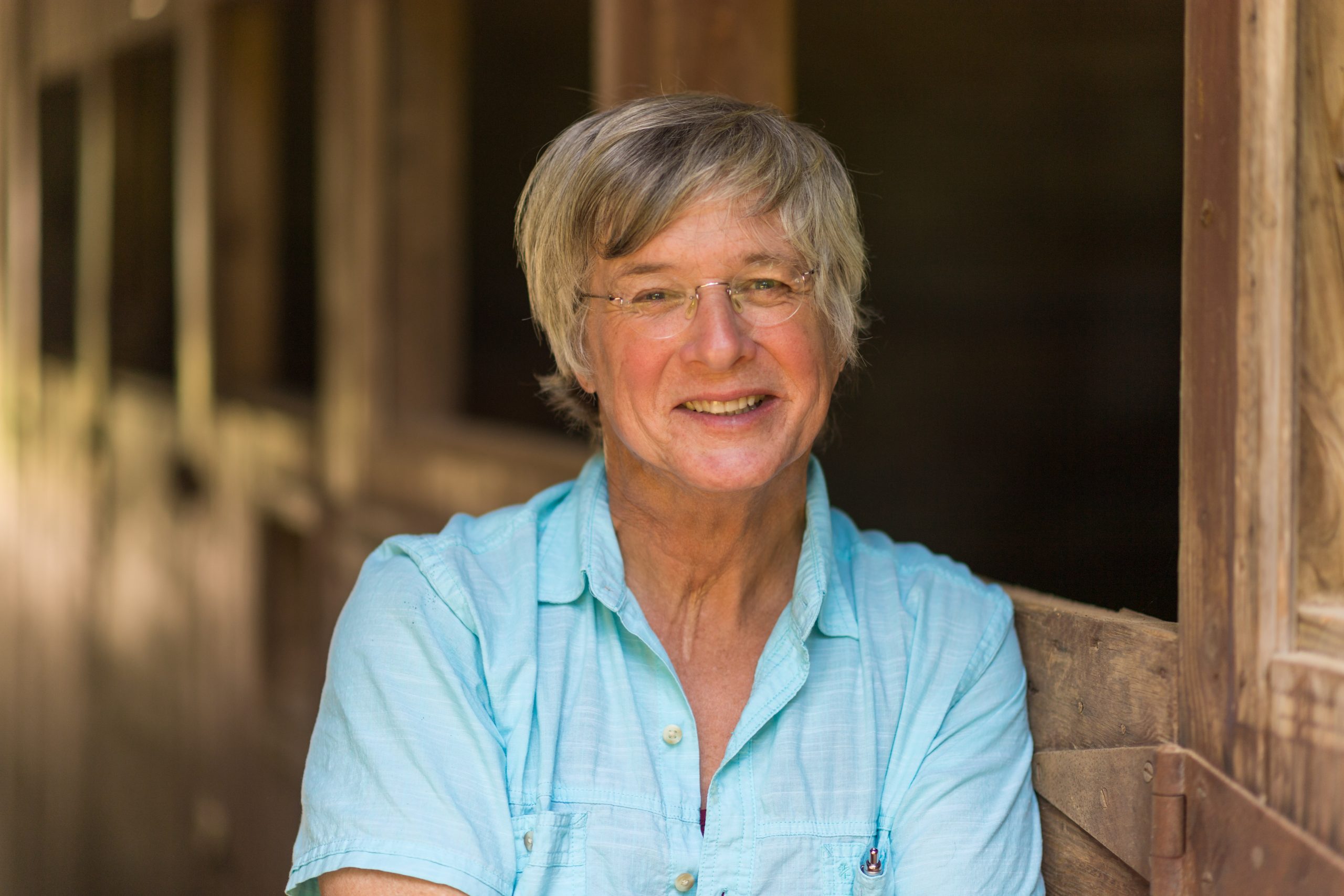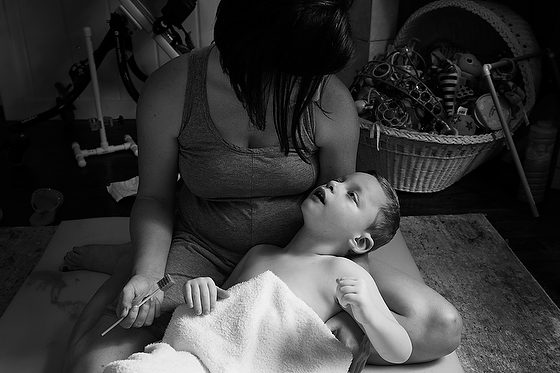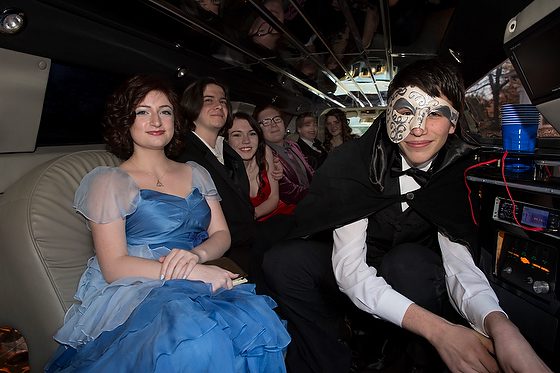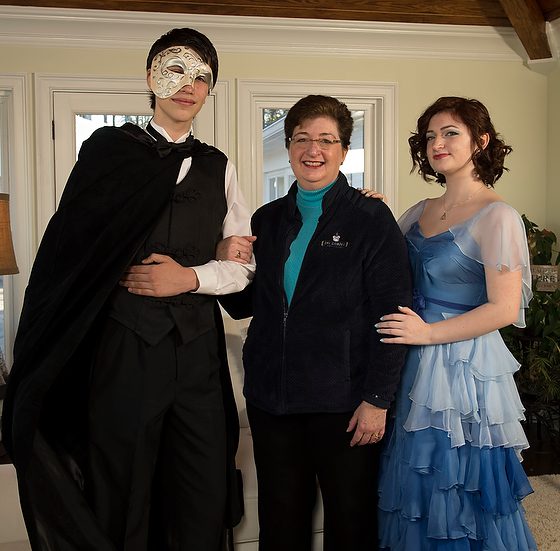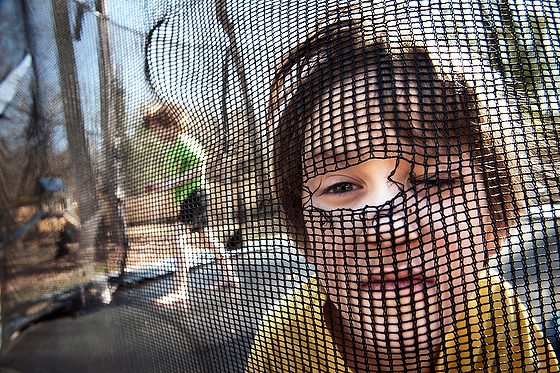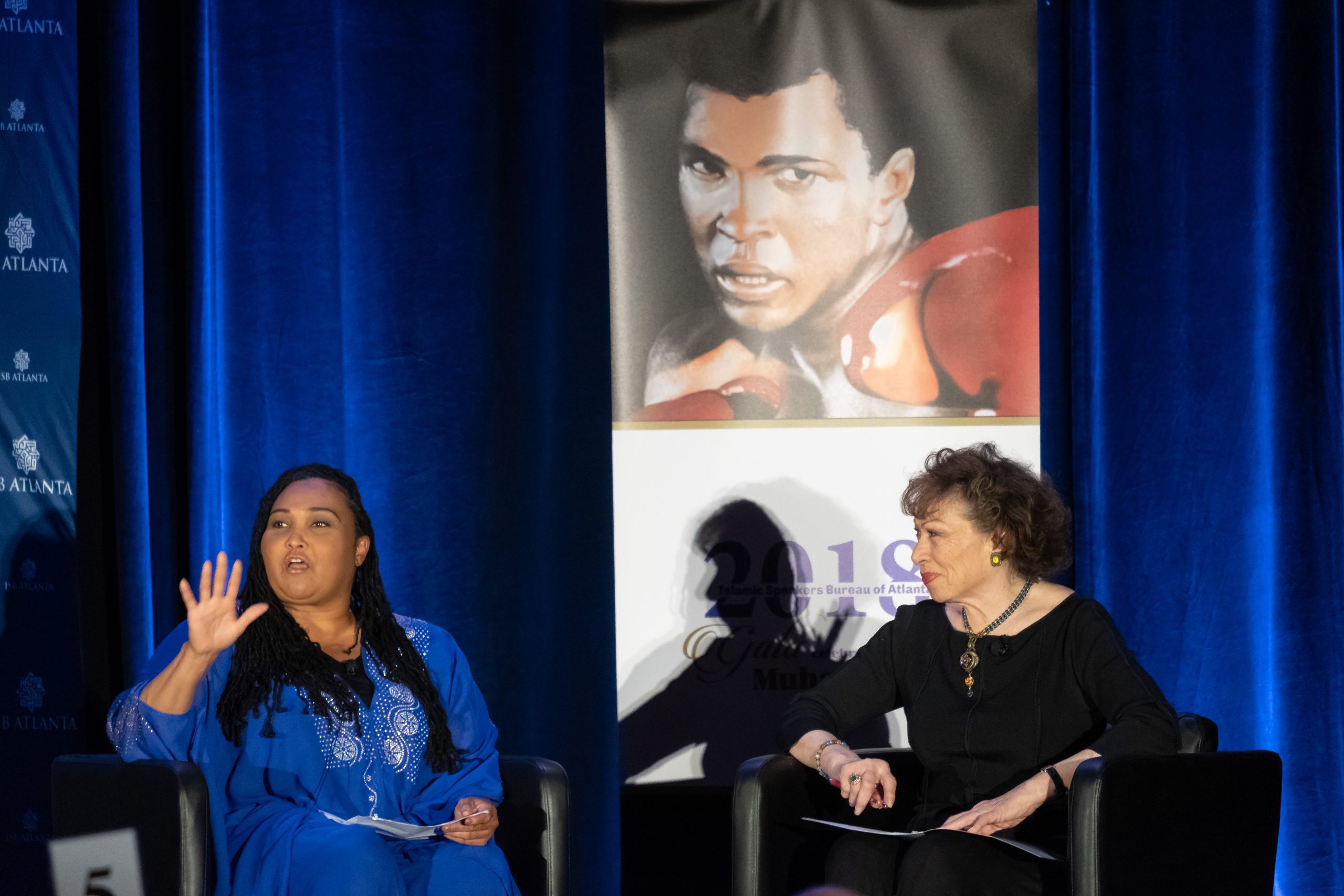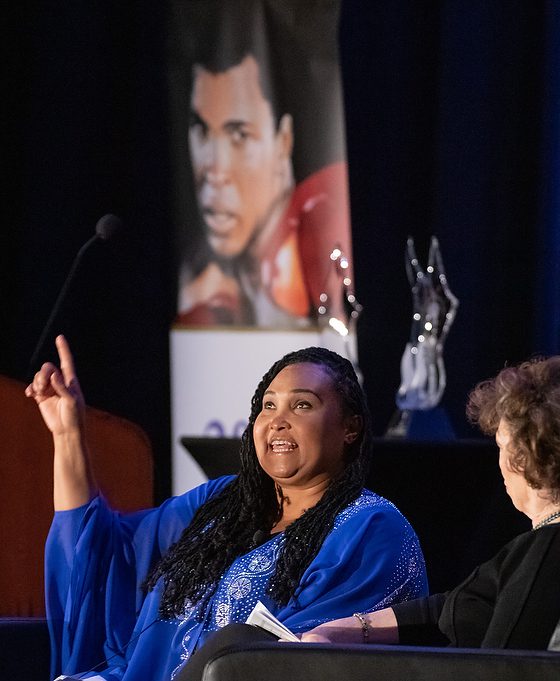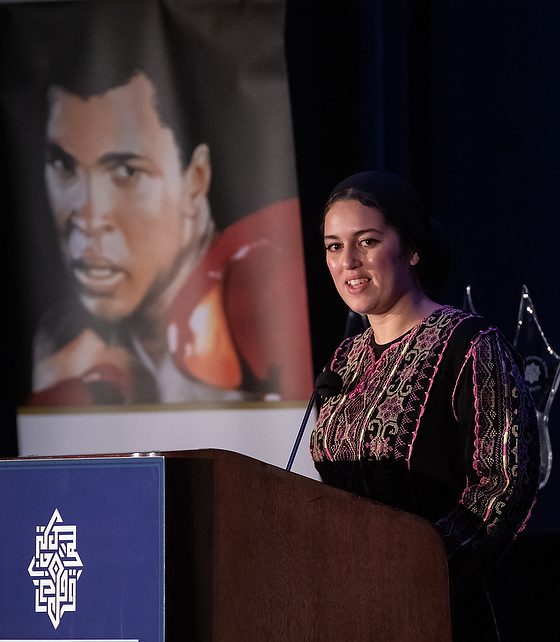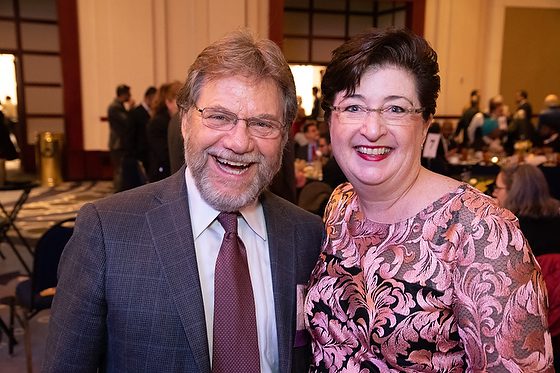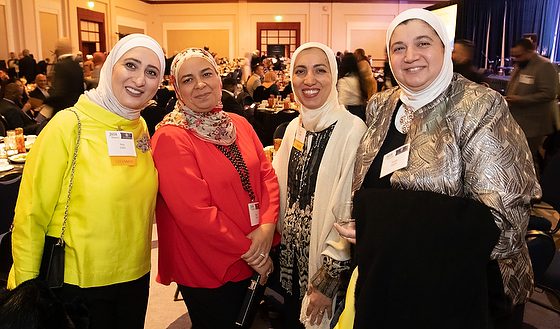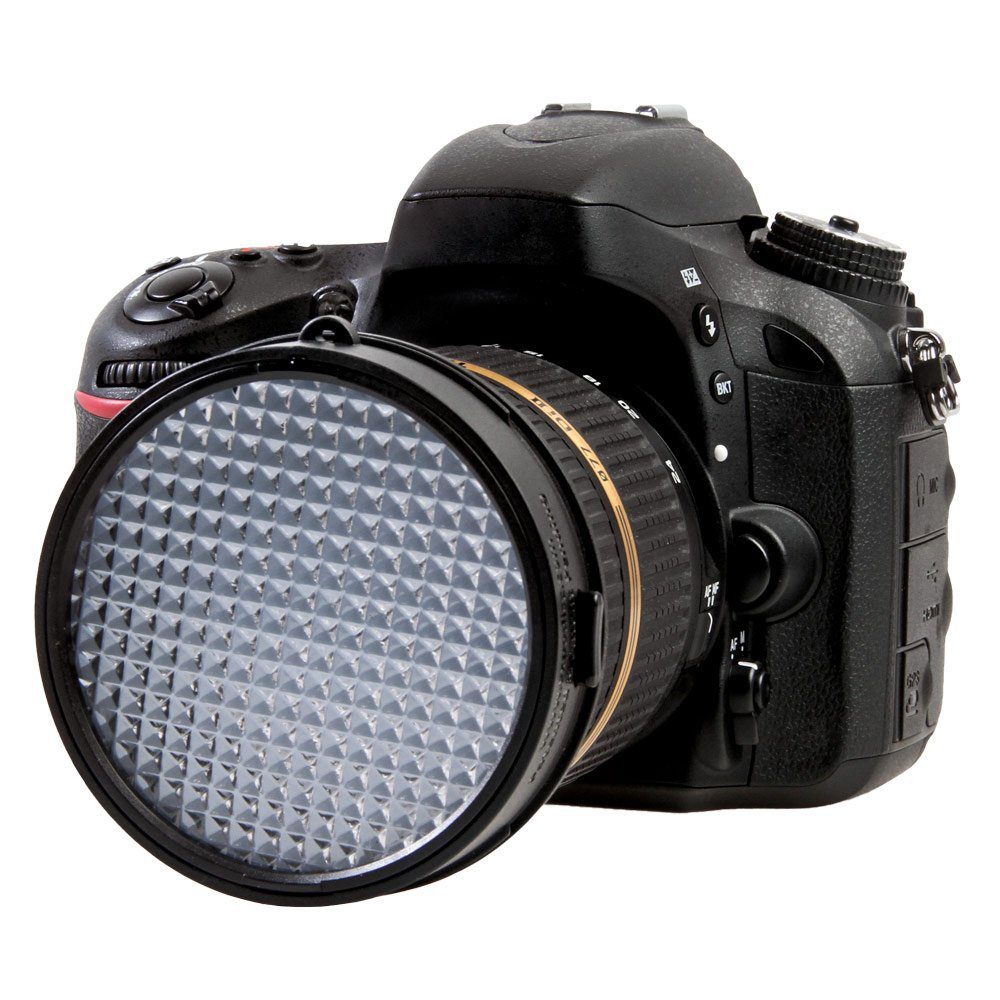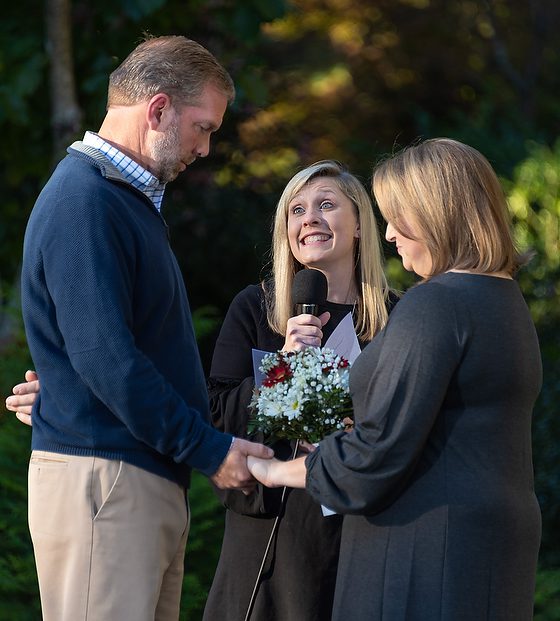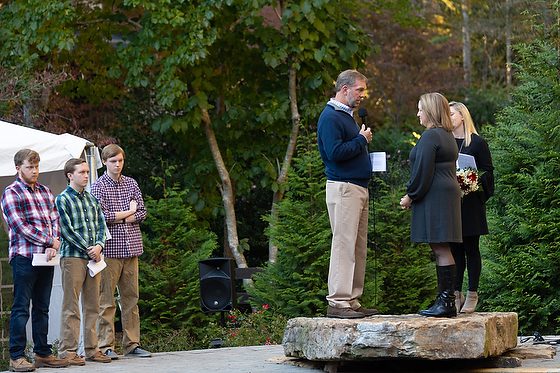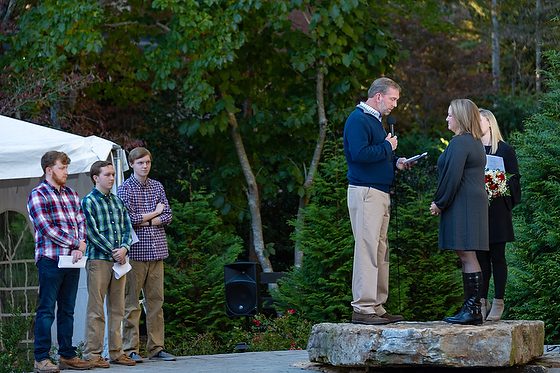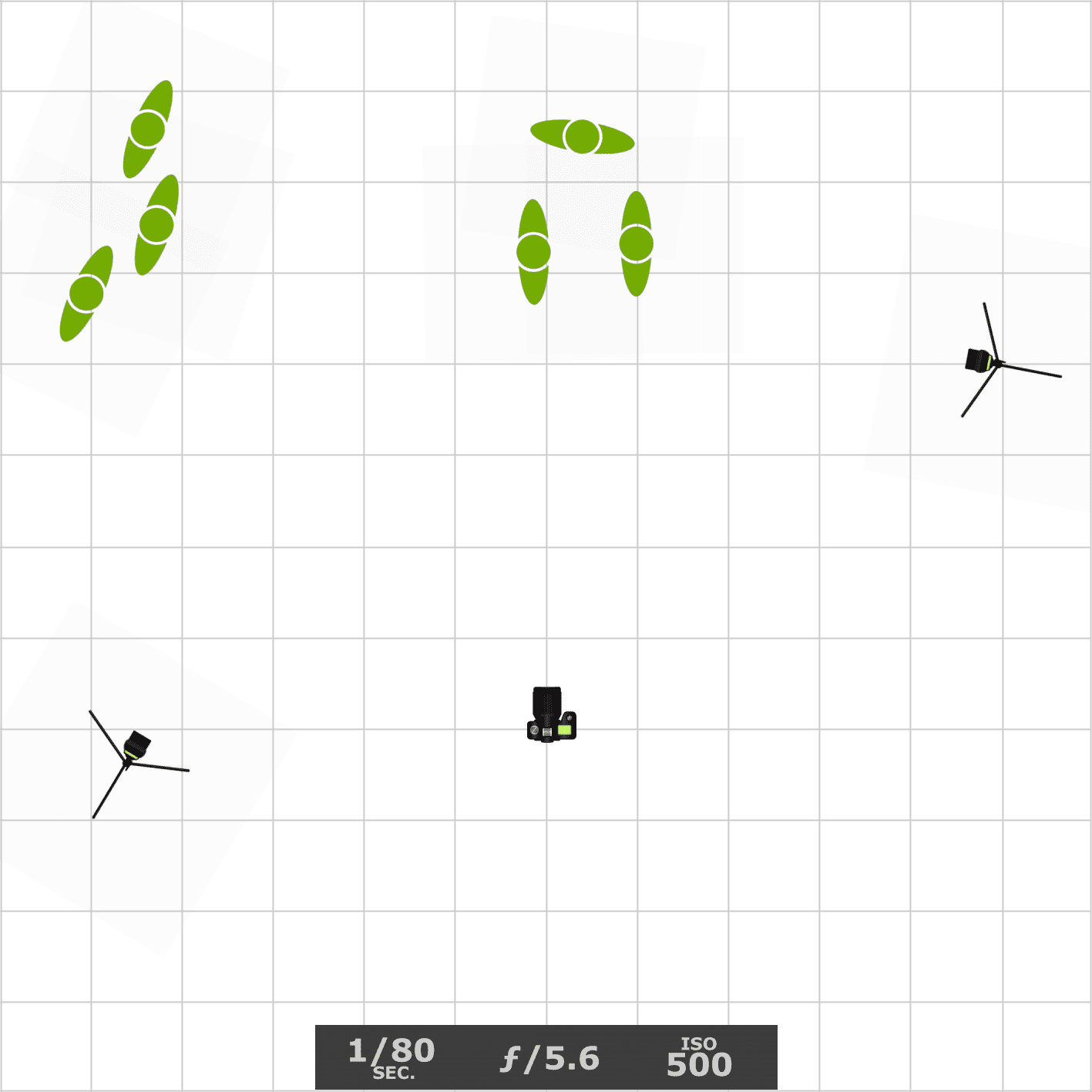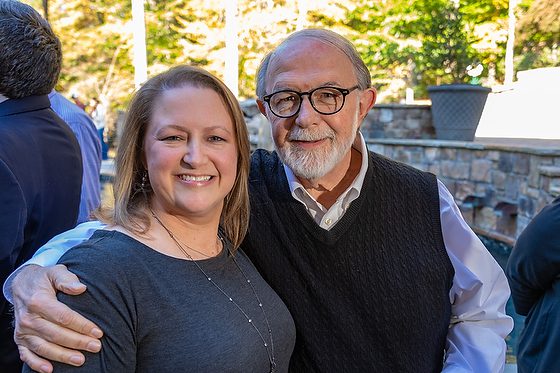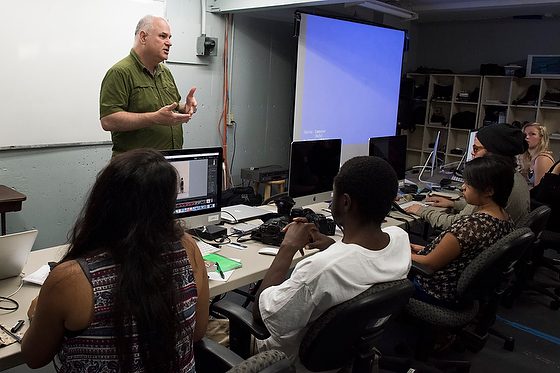
While majoring in social work in college, I discovered photography’s power. Specifically, I realized that photojournalism did the best job I could find in educating people about the world around them.
Before graduating with my degree in social work, I had to do an internship in the field. I found an internship working at the mental health center in Kinston, NC.
When counseling a person, I would “peel the onion,” as we would say to move from the symptoms to the cause of a problem in a person’s life. When someone is suffering, it takes them longer to see the root cause of their pain.
While in college, I was also taking photos for the school newspaper. I saw how a photograph helped “peel the onion” for a community. Mirroring is a therapeutic technique where you repeat back to a client, usually in your own words but sometimes word for word, the idea that has just been expressed. It can be as simple as the Client: “I felt hurt and confused.”
I discovered that a photograph was even more potent than the mirroring technique.
I finished grading the students in Introduction to Photojournalism at Grady College of Journalism & Mass Communication at the University of Georgia.
More than half of the two classes I taught had never owned a camera other than the one on their phone. I was teaching them the mechanics of photography and how to tell stories as a photojournalist.
I discovered that the one skill they needed more than how to use their camera was how to “peel the onion” of the subject.
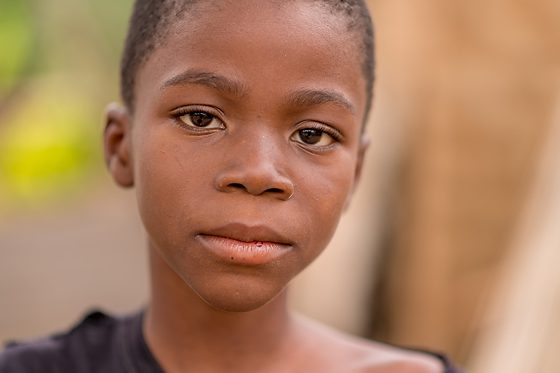
The photojournalists that consistently tell potent stories are the ones who spend more time getting to know their subjects.
I will love to help you if you don’t know how to “peel the onion” of a story. In January, I am going to Lima, Peru, with a few other instructors who have the same calling to help ten workshop participants to become storytellers using their cameras.
Each person will work with a person to tell their story. While working on the story, they will have one-on-one time with the instructors to coach them daily through the process. By the end of a week, they will show the community a short 3 to 5-minute video with the subject telling their own story.
I will do this again in March in Trinidad, and then this coming summer, we will bring the team together again and go to Bucharest, Romania. Maybe you want to join us.

Go here to sign up for our trip. You can also contact me for one-on-one classes, or we can organize a workshop for your organization.


